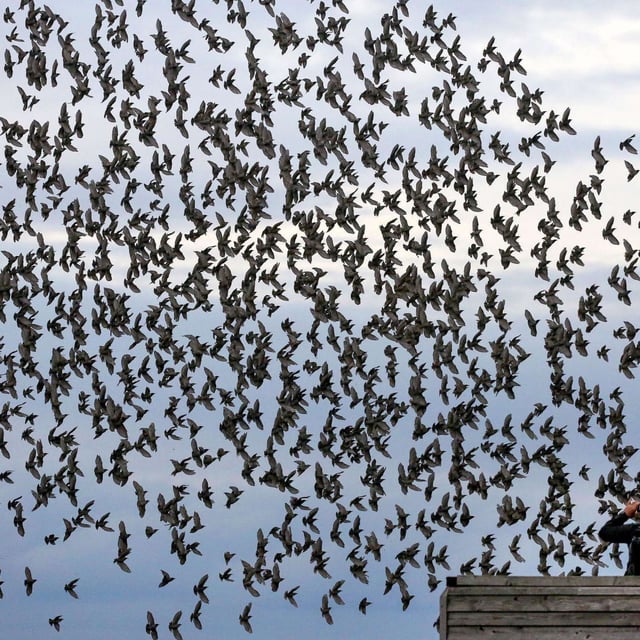Overview
- Nature reserves in Germany, such as Müritz-Nationalpark and Allgäuer Hochalpen, have introduced measures like guided tours and restricted access to reduce the impact of wildlife photography on ecosystems.
- Social media has increased the popularity of wildlife photography, leading to overcrowding and disturbances in sensitive habitats, particularly for rare or attractive species.
- Instances of irresponsible photography, including the use of drones near nesting sites, have caused stress, displacement, and even breeding losses for vulnerable species like the fish eagle.
- Conservation organizations and nature reserves are emphasizing education and ethical practices, with groups like the Gesellschaft für Naturfotografie (GDT) developing new ethical guidelines.
- Trampling and erosion caused by photographers leaving designated paths have damaged fragile vegetation, prompting efforts to manage visitor behavior and protect biodiversity.
